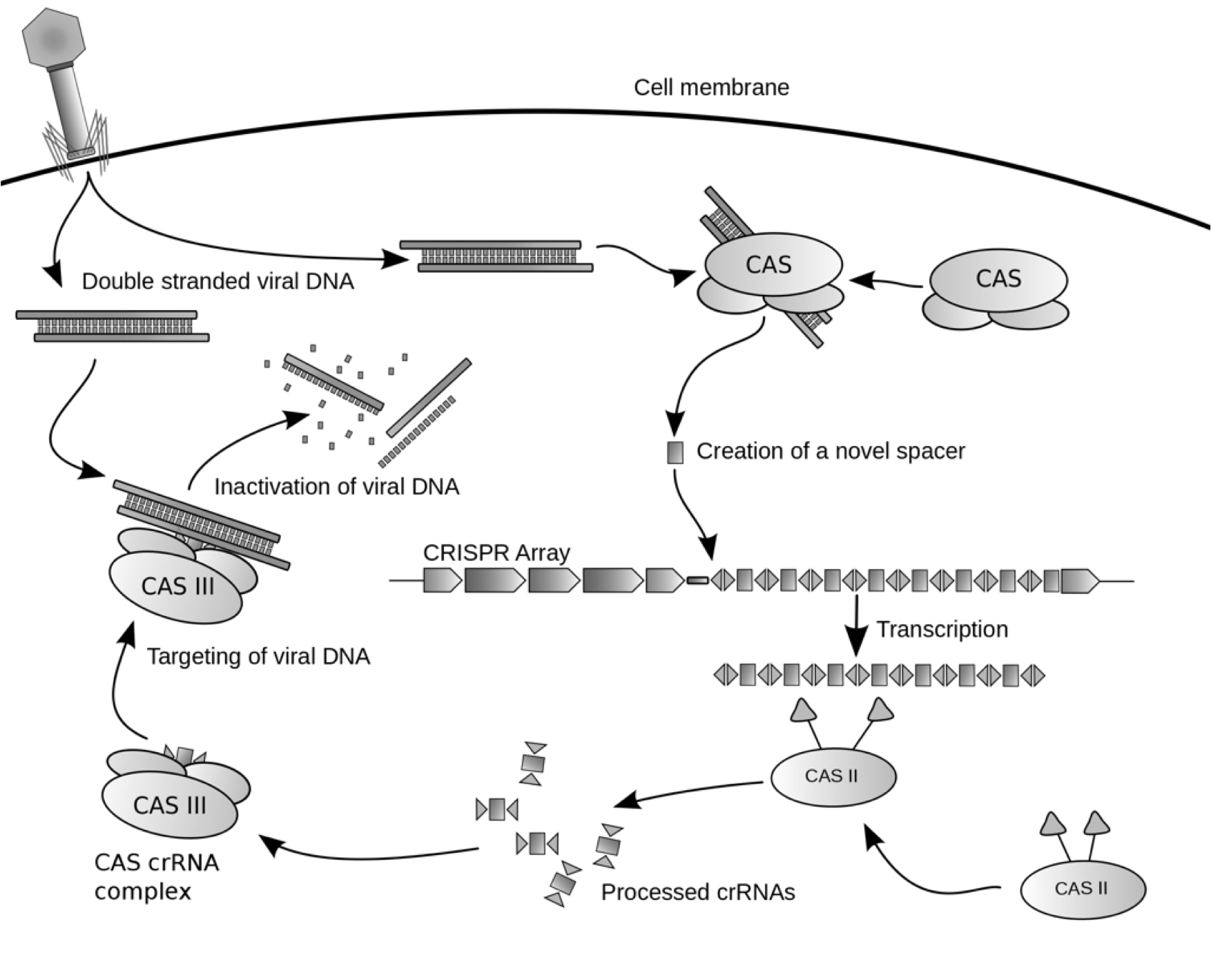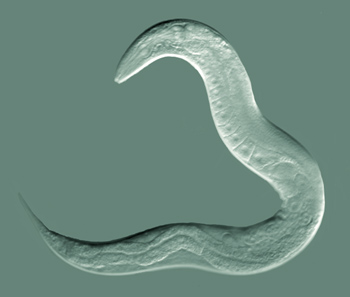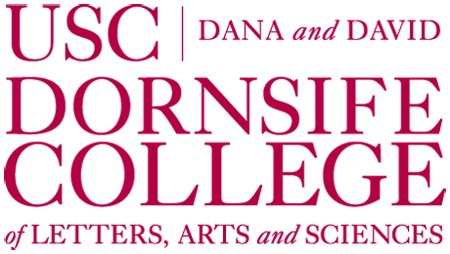Team:USC
From 2011.igem.org
Kevinle1992 (Talk | contribs) |
Kevinle1992 (Talk | contribs) |
||
| Line 64: | Line 64: | ||
<h1 style="font-family:Verdana;font-weight:700;">Our Sponsors</h1> | <h1 style="font-family:Verdana;font-weight:700;">Our Sponsors</h1> | ||
{|border="1px" align="center" style="text-align:center;" | {|border="1px" align="center" style="text-align:center;" | ||
| - | |[[File:curranlab.jpg | 150px | ]] || Curran Laboratory at the | + | |[[File:curranlab.jpg | 150px | ]] || Curran Laboratory at the USC School of Gerontology |
|- | |- | ||
|[[File:Labofmicriobio wageningen.gif | 400px | ]] || Brouns Laboratory at the University of Wageningen | |[[File:Labofmicriobio wageningen.gif | 400px | ]] || Brouns Laboratory at the University of Wageningen | ||
Latest revision as of 04:11, 29 September 2011
 |
||||||||||||||||
|
|
||||||||||||||||
|
||||||||||||||||
 "
"



